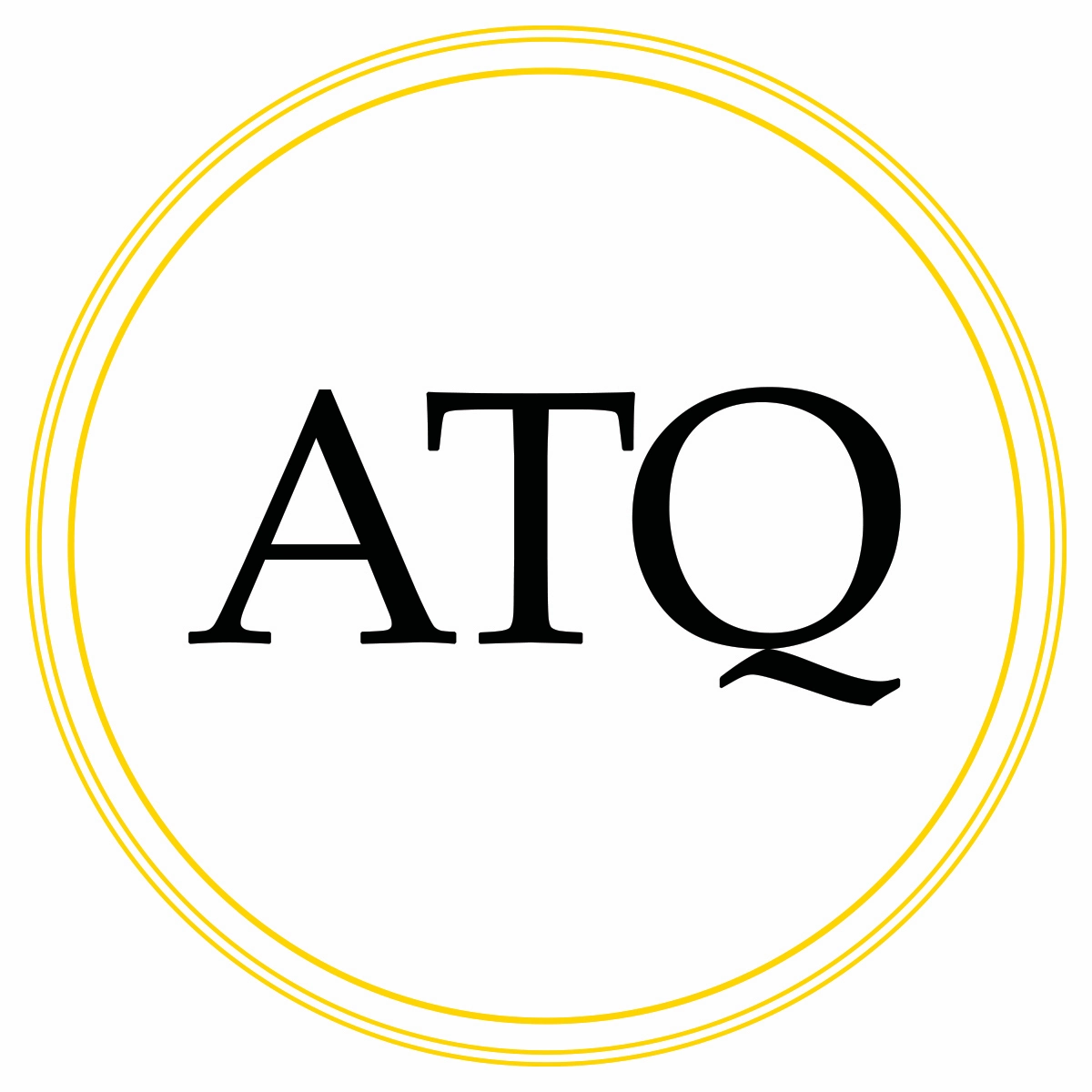Binding is one of those things that worries many quilters and seems like one of the dark arts of quilting. Believe me, once you have learnt it you wonder why you got so wound up, or at least I do.
When I’m binding a quilt, I cut my fabric at 2.5” wide. You can use any size really, 2”, 2 ¼”, 2 ¾”, even 3″, but I prefer 2.5”. One of our customers actually experiments with 5″ binding and it really looks nice. It adds that je ne sais que.
Strips
I cut several strips of fabric 2.5” wide, the W.O.F. that equates to the length around the quilt. So, for instance, a 74” square quilt would need a length of binding 296” long. Because the W.O.F. can vary between 42”-44”, I hedge my bets and base the number of strips that I need on 40”. Therefore 296” divided by 40 would equal 7.4 lengths. I would cut 8 lengths and this little extra bit would help to go round the corners.

If you haven’t cut enough then it’s a simple process to add another piece to the binding you’ve made. So, don’t worry about that.
Selvedge
The next step is to cut the selvedge off.

Then I iron each strip so that it’s nice and flat and fold them in half. So, I end up with, in this case, 8 strips of 1 ¼” wide fabric.

Once ironed, I take these over to my sewing table. I lay one out so that the right side is facing up. I take a second strip and lay it on top at right angles so it’s right side to right side.

I always leave a little overhang on each piece because it is easier when doing the next step which is;
Drawing a diagonal line across the fabric.
I’m left-handed, so I draw the line from top right to bottom left. If you find this difficult because you are right-handed, then join the two strips together on the left side. You would then draw the line from top left to bottom right. If you have any questions, just give me a shout via Social Media.
So, the next stage is as you see in the photograph. You have got your right angles of fabric and the ruler is from top right to bottom left. You then draw your line between the two points. I use a Frixion pen, but you can use your favourite marker. I have Frixion pens because they are heat erasable and I sell them and refills on my website. (https://alanteatherquilting.com/product-category/accessories/frixion-pens/

I always pin the two pieces of fabric together before I remove the ruler. I never used to pin, I used to just wing it and the fabric would slip. This would mean the join wasn’t as good as it should be and that was detrimental to my work. When you have pinned your fabric together, then just use your sewing machine to stitch along the line.

I always use a small stitch for this part because it is going to take some stick. This helps to stop it from unravelling with wear and tear over the years. Incidentally, if you wish to hand stitch then that is fine as well. I would always recommend using a backstitch to make these joints secure. Then trim off the excess leaving a 1/4″ seam.

After stitching all the pieces together in the same manner, your binding will be over 300” long.
Each join can be either ironed to one side or, opened and ironed flat. I prefer opening it up flat and then pressing it. The reason behind this is that the join is on a 45-degree angle. This spreads the bulk over a wider area on your quilt. Sewing 2 pieces of fabric together horizontally ends up with 4 sides of fabric joined all at the same place. Sewing diagonally means that the fabric join can be spread out over a larger area, meaning less bulk. But, again, it’s entirely up to you.


Working on all the new joins means you will have parts of your strip of fabric that aren’t folded again. So then, I iron the whole strip again at 1 ¼” wide. Both sides of the fabric are together raw edge to raw edge.
And that, my friends, is how you join your fabric together to make one long piece of binding.
Part 2 of this blog will be in a few days’ time. I will show how to join the two ends of fabric together once it is sewn on your quilt. (Basically, it is the same method, but you leave 2.5” before you cut your fabric – I’ll show you later.)
